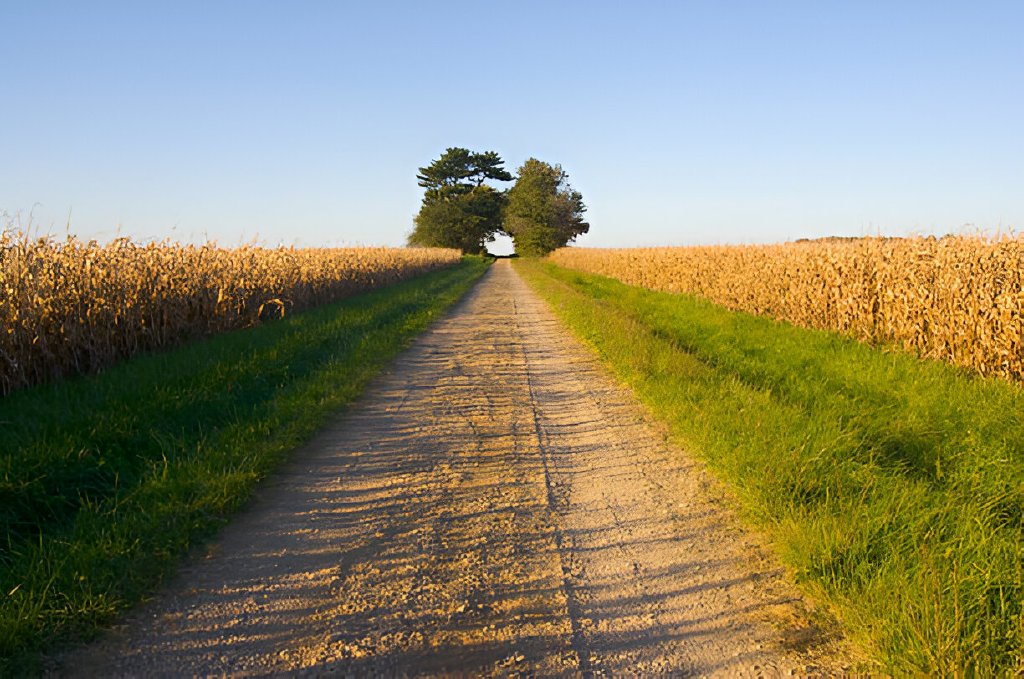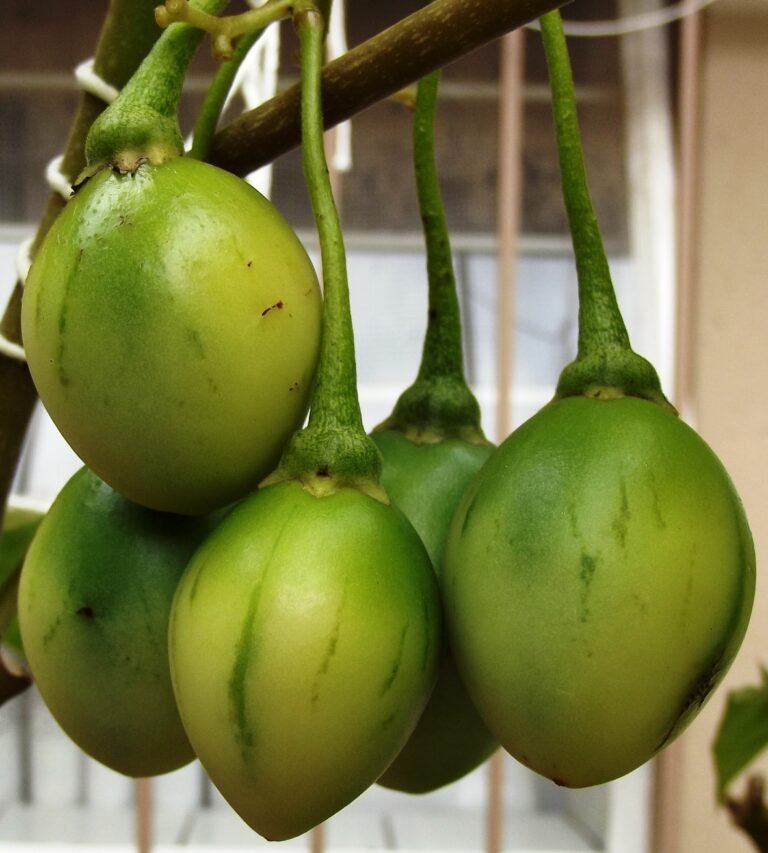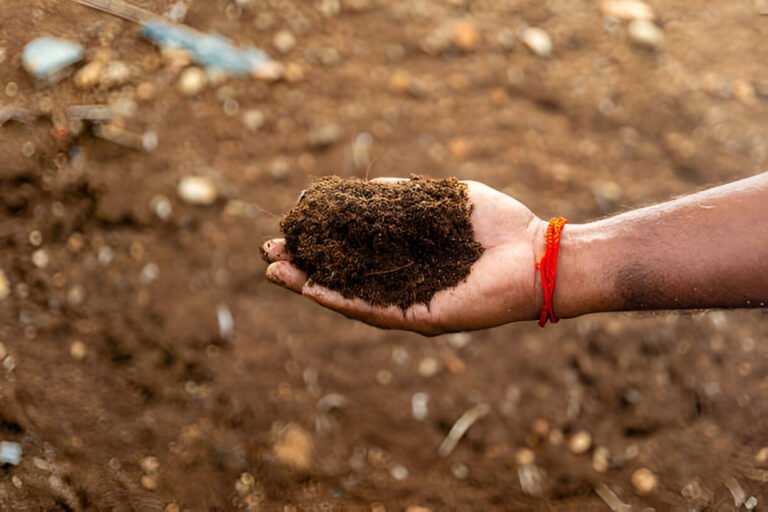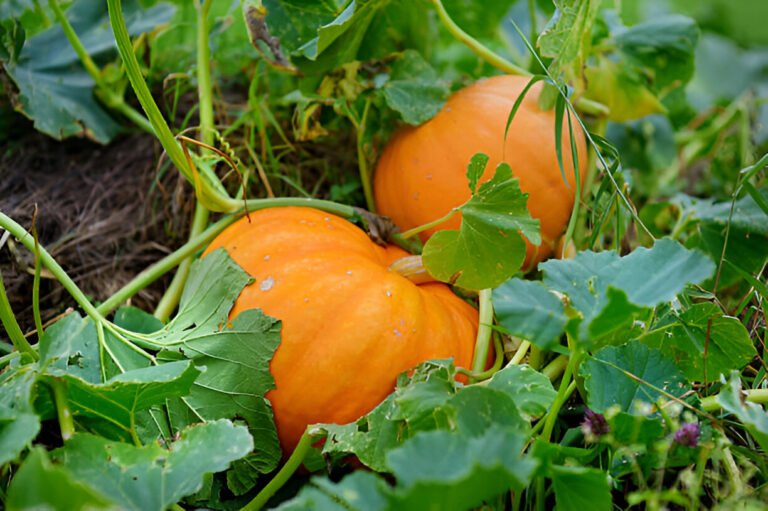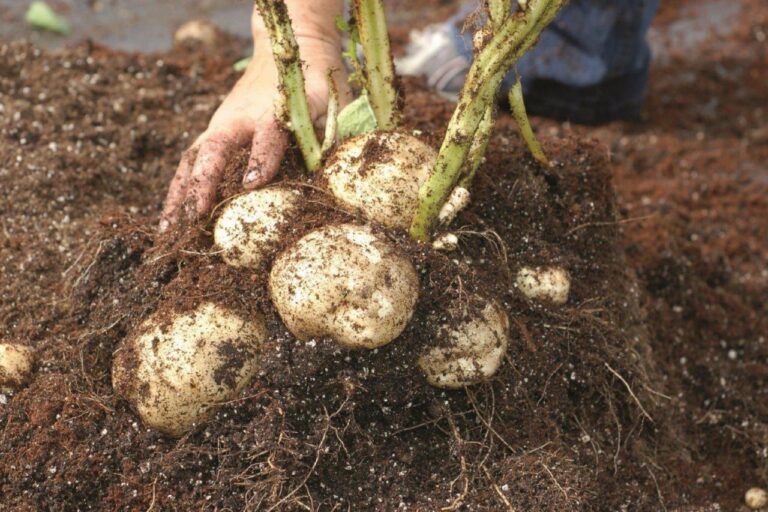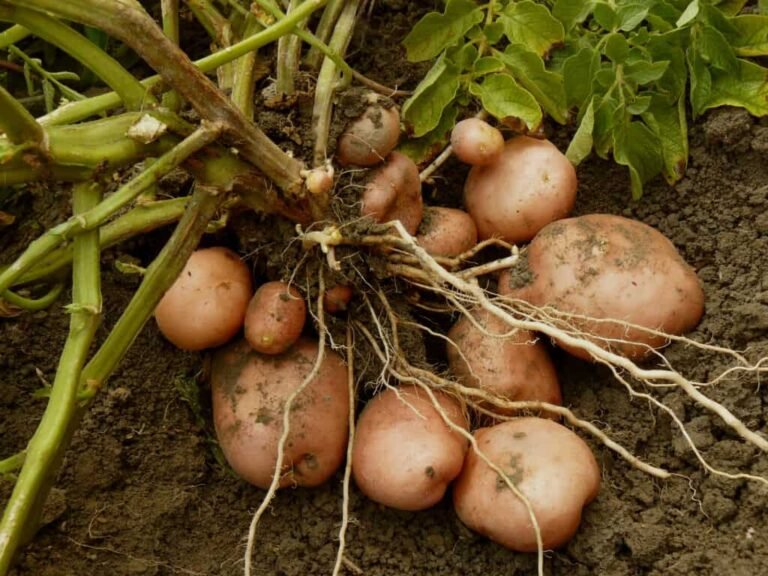Is 50 Acres a Big Farm? Exploring the Size and Scale of Modern Farming
Ever wondered if 50 acres is a lot when it comes to farming? I’ve asked myself this question a lot, especially when dreaming about that perfect slice of countryside life.
The idea of wide-open spaces, a little flock of sheep, and rows of crops dancing in the wind sure does have its appeal. But let’s be real—figuring out if 50 acres is big, small, or somewhere in between isn’t as straightforward as it sounds. It’s a bit like asking if a house with three bedrooms is big; it depends on who you ask and where you are.
So, let’s dig a little deeper into what makes a farm “big” or “small” in today’s world of agriculture.
Ranches vs. Farms: A Matter of Scale
First off, let’s get one thing straight: not all farms are created equal. When we’re talking about ranches, especially those dealing in beef cattle, size truly matters. From what I’ve learned, a place starts to earn the “ranch” label when it hits around 440 acres. For a family-run ranch, we’re looking at around 200 acres for a small setup, while a large family ranch typically sprawls over 1,400 acres.
So, where does 50 acres fit in? Well, it’s somewhere in the middle ground—bigger than your average garden plot but far from the sprawling expanses you’d see in a John Wayne movie.
Size Isn’t Everything: Factors That Matter
But here’s the kicker—size isn’t the only thing that defines a farm’s success or productivity. In agriculture, it’s not just about the amount of land; it’s about how you use it.
A 50-acre farm could be thriving with high-value crops or a small but efficient livestock operation. It’s a bit like making a meal: some people can whip up a feast with just a few ingredients, while others might struggle even with a fully stocked pantry.
Key Factors Influencing Farm Size:
| Factor | Impact on Farm Size |
| Location | In high-value areas, even small plots can be profitable. |
| Soil Quality | Fertile soil can yield more per acre. |
| Crops/Animals | Some require more space (e.g., cattle) vs. others (e.g., herbs). |
| Market Access | Proximity to markets can influence profitability. |
So, whether 50 acres feels “big” or “small” largely depends on what you’re growing or raising and where you are. In densely populated or high-cost areas, that 50 acres might look massive. But out in the wide-open plains, it might feel like just a cozy corner.
Making the Most of Tax Breaks
Now, here’s something you might not know: farmers often get some sweet tax breaks. Uncle Sam seems to have a soft spot for those who work the land. Imagine writing off not just seeds and fertilizer, but also things like equipment repairs, fuel, and even certain insurance costs. It’s like getting a backstage pass to the tax world where all these everyday farming expenses get a red-carpet treatment.
For me, the idea of leveraging these tax benefits feels like getting a little extra help in the field. You’re out there battling the elements, the pests, and sometimes the market, so every bit of financial wiggle room helps. But—and this is a big but—you’ve got to keep track of every seed packet, every gallon of diesel, and every tractor blade. It’s like keeping score in a game where every point counts.
And, just like in any game, having a good coach—or in this case, a knowledgeable tax professional—can make all the difference. They know the playbook inside out and can help ensure you’re not leaving money on the table.
How Many Animals Make a Farm?
Another burning question I had was about the number of animals you’d need to actually call yourself a “farmer.” It turns out, there’s no magic number. It’s all about what you’re working with.
A small dairy farm might operate with just a handful of cows, while a commercial operation could have hundreds. On the other hand, a little backyard farm might have just a few chickens clucking around, whereas a large-scale egg producer deals in the thousands. The bottom line? It’s about scale and output, not just sheer numbers.
Examples of Animal Counts:
| Farm Type | Typical Animal Count |
| Small Dairy Farm | 5-10 Cows |
| Large Dairy Farm | 100+ Cows |
| Small Egg Farm | 10-20 Hens |
| Commercial Egg Farm | 1,000+ Hens |
What’s cool is that no matter the size, as long as you’re producing enough to make a significant dent in your income, you’re in the game. So, don’t feel like you need to have a sea of livestock to be considered a real farmer.
Property Taxes and Farming: A Mixed Bag
And then there’s the whole issue of property taxes. Depending on where you are, farming can either be a financial relief or just another bill in the pile. In some states, agricultural land gets tax breaks, which feels like a high-five from the government. But in others, farms are taxed just like any other property. It’s one of those things where knowing your local rules can really pay off—literally.
Here’s what I’ve found makes the biggest difference: understanding local tax codes and finding out if there are any exemptions or reductions available. Again, having that savvy tax advisor can be like having a good compass in a foggy forest—you’ll find your way out without hitting too many trees.
The Bottom Line: Making 50 Acres Work
So, is 50 acres a big farm? Maybe not by every definition, but it’s a pretty decent chunk of land that can absolutely turn a profit with the right strategy. The trick lies in knowing your land, your market, and your costs. With careful management, a solid tax game plan, and a focus on productivity rather than size, a 50-acre farm can be more than just viable—it can be downright flourishing.
Tips for Managing a 50-Acre Farm:
- Diversify Income Streams: Mix crops, livestock, or even agritourism.
- Keep Detailed Records: Stay on top of expenses to maximize tax deductions.
- Leverage Technology: Use apps and tools for efficient farm management.
- Work with Experts: From soil testing to tax planning, get advice from pros.
Farming, like life, isn’t always about having the most—sometimes it’s about making the most of what you’ve got. Whether it’s fifty acres or five hundred, success is often a matter of perspective, planning, and a good bit of sweat equity. So, if you’ve got 50 acres and a dream, you’ve got yourself a farm.
